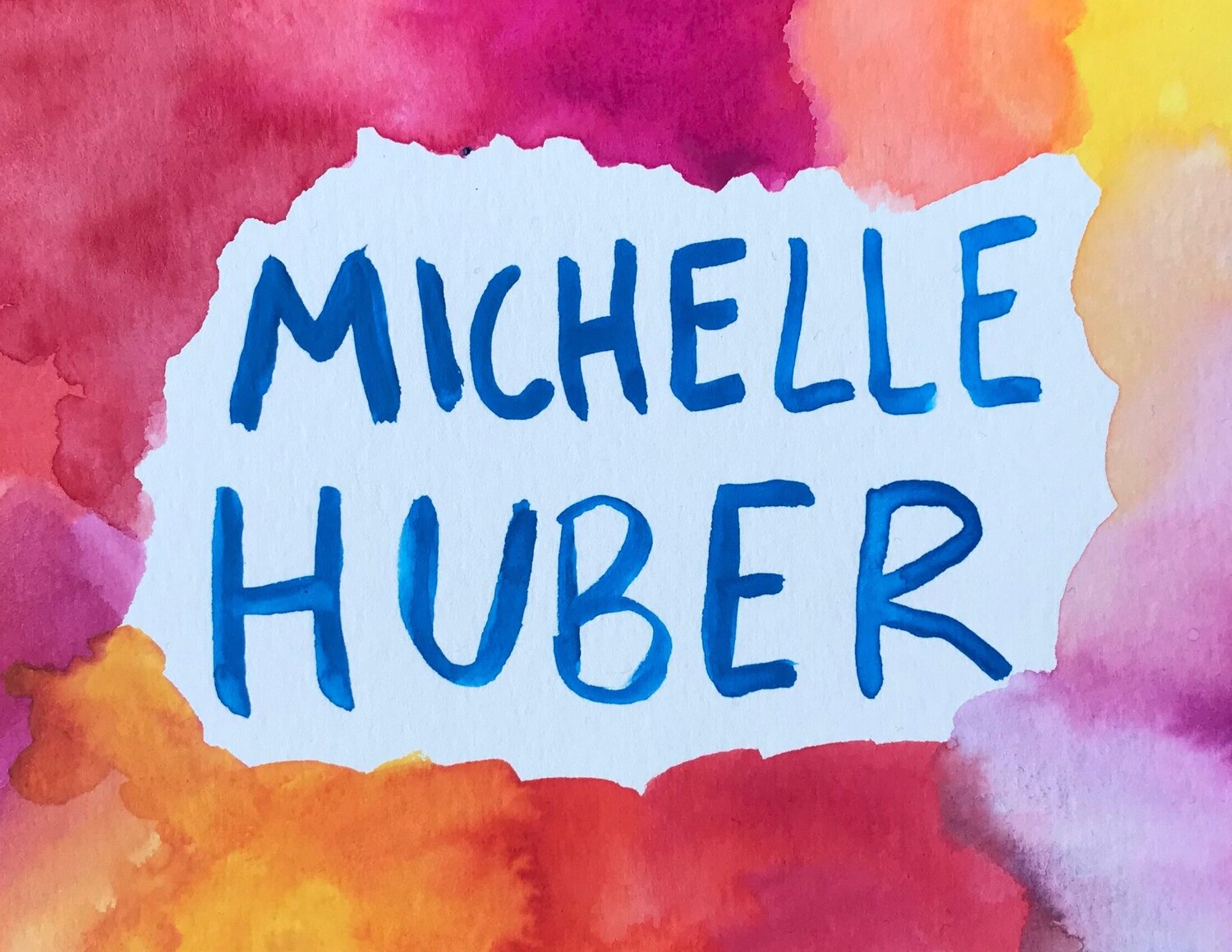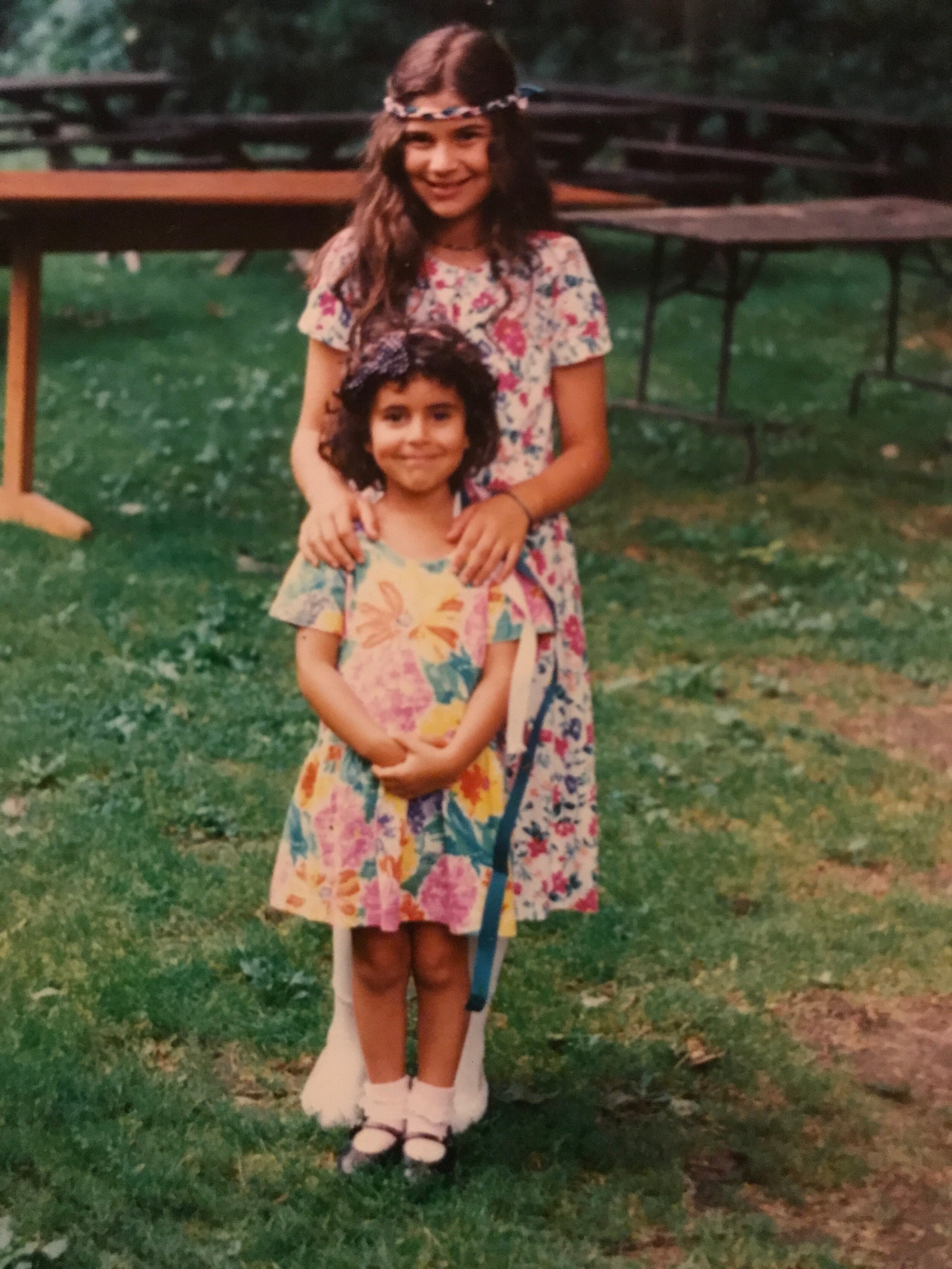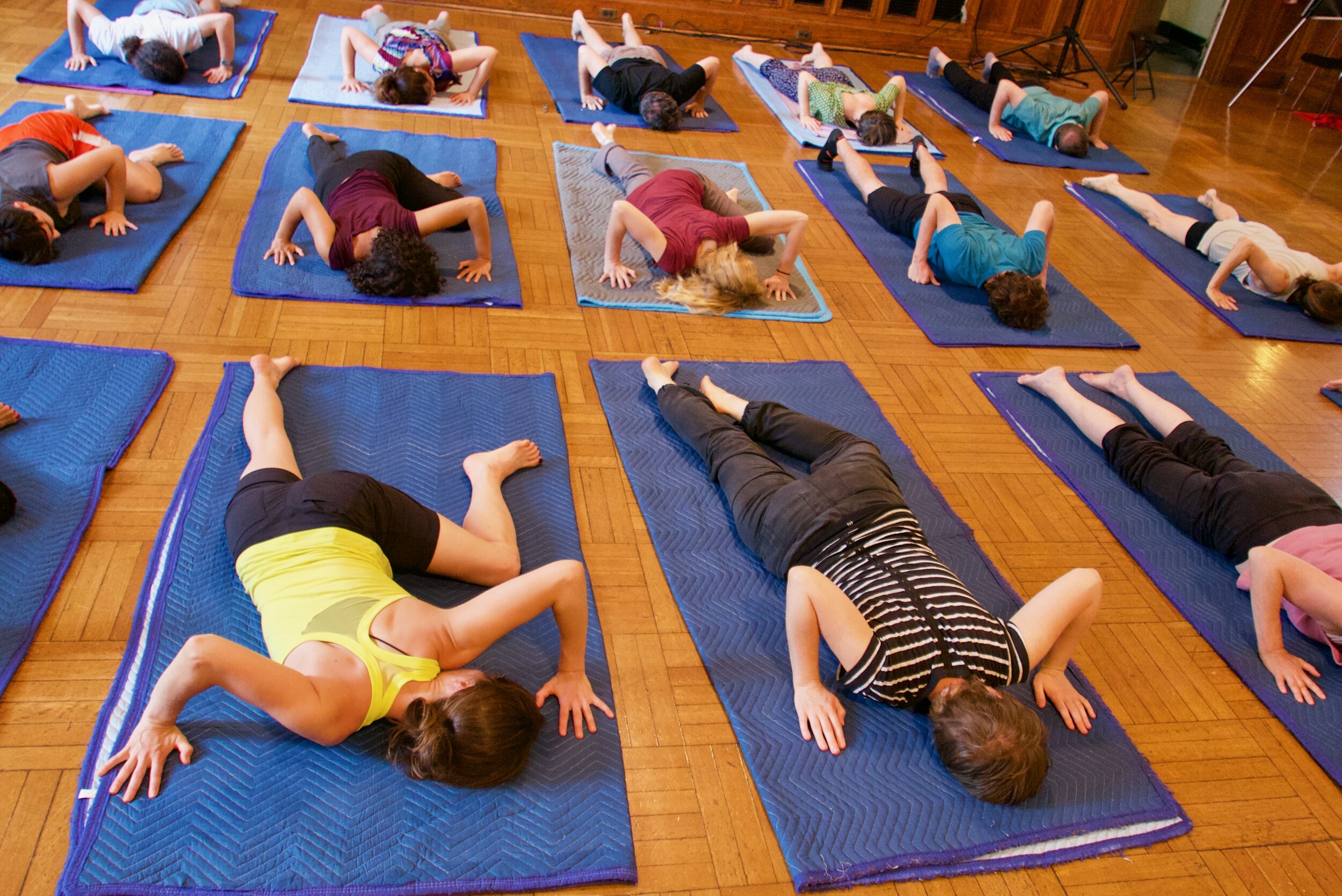My Jaw Story
Working with the jaw is very personal for me. My jaw has gotten stuck open three times in my life. Twice while at the dentist as a kid, when the dentist was easily able to put it back. Once while yawning, when I was home from college, alone with my mom. This last time caught me entirely off guard. She called a neighbor, a doctor, who came over and helped to re-align my jaw so I could close my mouth. Although I got it closed and functioning, it’s honestly never felt completely in alignment since. It feels like some part of me never softened, never understood that it was safe to fully open my mouth. I think of this both physically and emotionally.
So I ask myself the question— “why my jaw?” I’ve come to understand that my jaw may have slipped out of alignment because of my personal anatomy, but what I also believe is that it happened because of some strong asymmetrical tension in the area, a.k.a. stress from holding in.
As far back as I can remember, I recall holding my feelings inside of me. It makes me sad to write that. Once, I found a report card from my pre-school teacher that said, “Michelle often struggles to express her feelings.” Somehow I had internalized this from a very young age, perhaps from having a sister who was 6 years older than me, or living in a family that didn’t express very much emotion, or in a society that doesn’t support the free flow of emotions. Whatever the reason may be, I felt proud as a kid when I could suppress my feelings and not cry, even when I felt hurt. I cried very few times as a teenager and experienced a limited quality of connection with friends because of it.
Fast forward to 2015 when I moved back to the area I grew up in, Northampton, MA. I had just completed a year of travel ( lots of learning and shedding of layers) after quitting a full-time teaching job and I was ready to re-start my life with a sense of purpose and alignment with my values. I enrolled in a Feldenkrais Teacher training and happened to receive a posting from Rythea Lee about a course she was teaching called, “Peer-Counseling: Radical Closeness for the People.” I had seen Rythea perform a one-woman show years before that had struck me as highly expressive, hilarious and deeply moving. I thought, “Whatever she’s doing, I want in.”
It turned out that Peer-Counseling, which Rythea co-teaches with Samantha Burnell was ALL ABOUT FEELING FEELINGS. I didn’t really know that, and at first I was totally taken aback. But it turned out that as soon as I knew someone was fully listening to me and inviting my feelings to come through, I was ready to move my emotions. It was like my whole lifetime of emotions were stored in my tissues. What struck me about these sessions is that, while I was fully feeling my feelings, my jaw would fully release. It was possible. Through the practices of Peer-Counseling, as well as Feldenkrais I continue to free my jaw. I unravel. I continue to release tension. I try to break down the ways that I’ve held myself together so tightly. It has not been a linear path of releasing my jaw.
As Moshe Feldenkrais begins his book, Awareness Through Movement, “We act in accordance with our self-image.” Meaning, the way that I hold my body, move, make decisions etc. is related to my self-image. I have to change my deep understanding of myself in order to express a different muscular pattern and make different choices.
I continue to do practices to remind my nervous system that it’s safe, that I can open my mouth and release my insides.
Important ways I’ve learned to work with my Jaw tension:
Breathing
In my dance classes in college I noticed that, when we had moments to lie on the floor and breathe deeply, my jaw would always feel looser after. I’ve also explored different sessions of Breath Work, Kundalini Yoga, and Feldenkrais breath lessons that have been very supportive.
2. Singing and Sounding
The voice is both inside and outside of our bodies. It is made of vibration, and that vibration can be used to massage and soften the tissue inside. The voice is also a powerful tool to tone the Vagus Nerve. Sometimes I like to do specific exercises, sometimes more open improvisational sounding. My partner Ryan has an instrument called a Shruti box, which creates a long multi-note drone sound, similar to a harmonium. We often use that to sing with, allowing our voices to harmonize and flow. Check out 3 Voice Practices Here.
3. Speaking Truth through Circling Practice and intentional conversations
Circling Practice, helps me build awareness of some truths deep in my being, which I often need help to discover. Whether it is some deep fear, or desire, once I say my truth out loud, the holding of my jaw releases.
Sometimes even the process of writing something that is deeply honest will have the same effect. It releases the denial. I am honest with myself and my whole nervous system says, “Thank you.”
3. Crying and expressing emotions through my voice
If I am with other people, I usually need a container to cry. By container, I mean some kind of agreement that it’s my turn, people are attending to my experience. Setting a timer actually really helps. It gives me full permission to occupy the space. Some people feel pressured by the timer, but I LOVE it. It’s been a real game changer to help me take up vulnerable space. I’ve learned about myself that if there is not a timer, I’m a lot less likely to center myself for an extended amount of time, especially if I’m feeling vulnerable.
4. Feldenkrais Awareness through Movement® Lessons
After almost every Feldenkrais ATM lesson, my jaw feels freer. All kinds of lesson’s have been supportive, some that focus on the ankles, the pelvis, ribs, neck, shoulders and breathing. The jaw is not isolated in our body; it’s in a dynamic relationship with the rest of our entire being. There are also some amazing lessons which focus on the tongue, jaw and eyes. Check out a series of Feldenkrais lessons to Support the Freedom of Your Jaw.
5. Physical Activity
Exerting my body has been very helpful to relieve tension. Some activities I love are: shaking, dancing, Foundations Training w/ Kendra Renzoni and I every so often get outside to run.
6. Slowing Down
Perhaps most importantly, I notice my jaw gets very tight when I spend a lot of time doing (teaching, working, being social) without slowing down to connect to myself. By slowing down to feel myself, my jaw will often soften.
I need these multiple layers of practices.
“I believe that the unity of mind and body is an objective reality. They are not just parts somehow related to each other, but an inseparable whole while functioning. A brain without a body could not think.” - Moshe Feldenkrais








